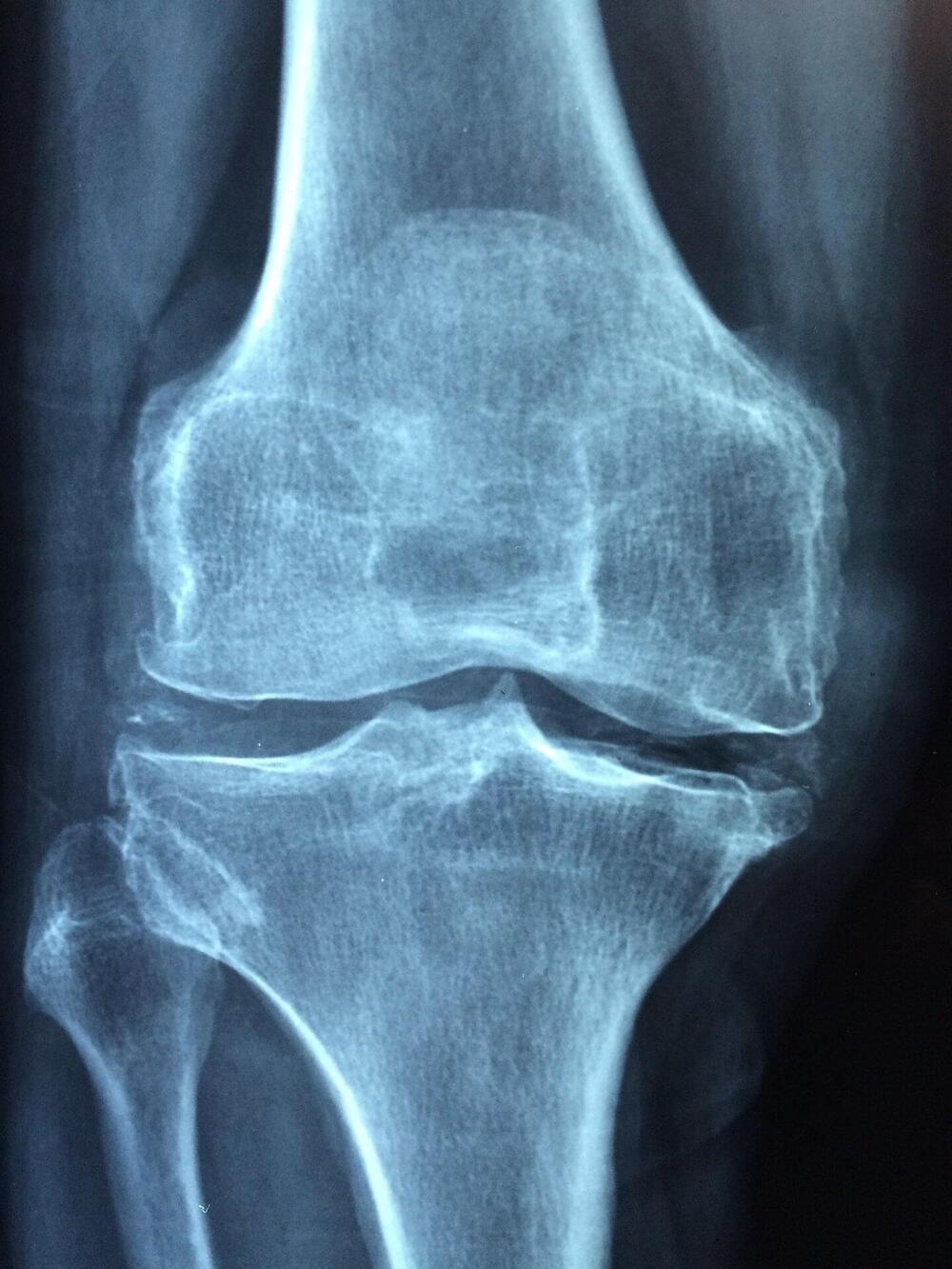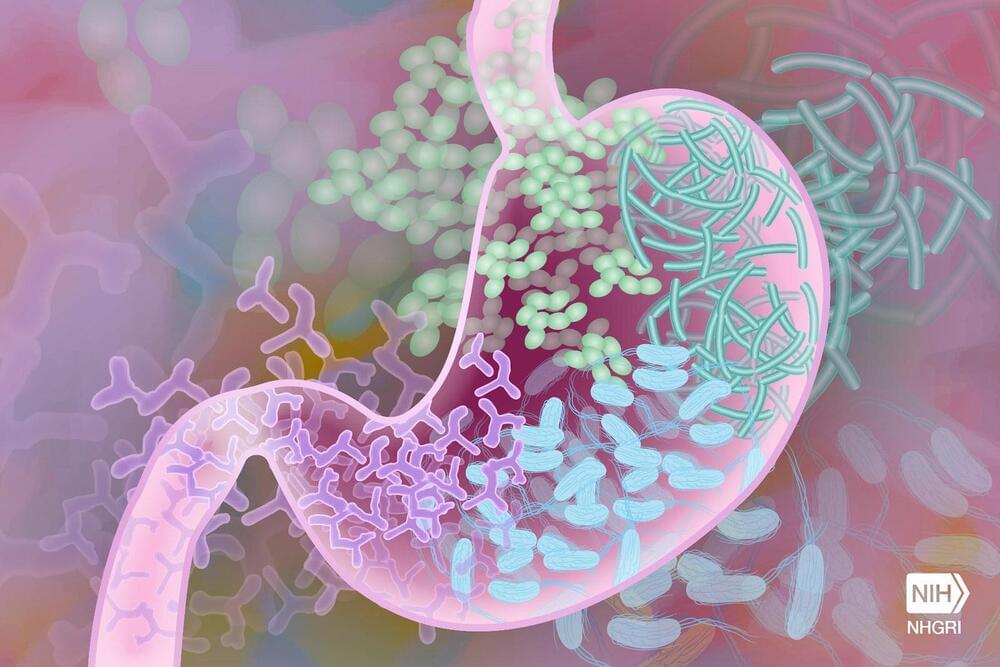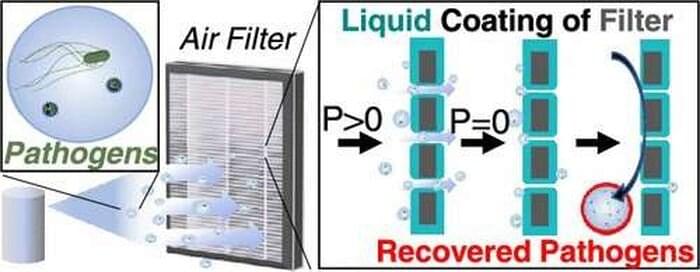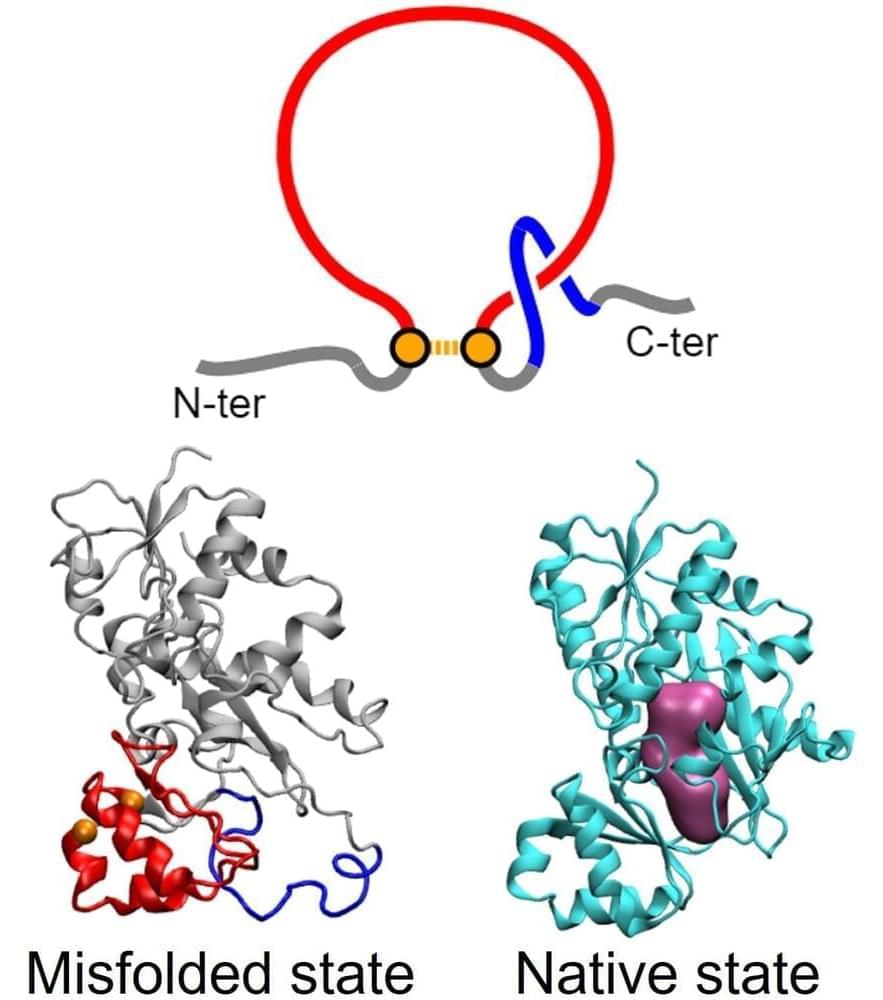
Two categories of nanofabrication technologies are known as top-down and bottom-up approaches [5]. For the former, nanosized materials are prepared through the rupture of bulk materials to fine particles, and such a process is usually conducted by diverse physical and mechanical techniques like lithography, laser ablation, sputtering, ball milling and arc-discharging [6, 7]. These techniques themselves are simple, and nanosized materials can be produced quickly after relatively short technological process, but expensive specialized equipment and high energy consumption are usually inevitable. Meanwhile, a variety of efficient chemical bottom-up methods, where atoms assemble into nuclei and then form nanoparticles, have been intensively studied to synthesize and modulate nanomaterials with specific shape and size [8].
Indeed, chemical methodologies, including but not limited to, aqueous reaction using chemical reducing agents (e.g. hydrazine hydrate and sodium borohydride), electrochemical deposition, hydrothermal/solvothermal synthesis, sol–gel processing, chemical liquid/vapor deposition, have been developed up to now [5, 6]. These approaches can not only produce diverse nanomaterials with fairly high yields, but also endow fine controllability in tailoring nanostructures and properties of the products. Nevertheless, they have been encountering some serious challenges of harsh reaction conditions (e.g. pH and temperature), potential risks in human health and environment, and low cost-effectiveness. Moreover, there are biosafety concerns on products synthesized chemically using hazardous reagents, which restricts their applications in many areas, particularly in medicines and pharmaceuticals [9].
Impressively, biological methodology is becoming a favourite in nanomaterial synthesis nowadays to address challenges in chemical synthesis. Compared to chemical routes, biosynthesis using natural and biological materials as reducing, stabilizing and capping agents are simple, energy-and cost-effective, mild and environment-friendly, which is termed as “Green Chemistry” [2, 6]. More significantly, the biologically synthesized nanomaterials have much better competitiveness in biocompatibility, compared to those chemically derived counterparts. On the one hand, the biogenic nanomaterials are free from toxic contamination of by-products that are usually involved in chemical synthesis process; on the other hand, the biosynthesis do not need additional stabilizing agents because either the used organisms themselves or their constituents can act as capping and stabilizing agents and the attached biological components in turn form biocompatible envelopes on the resultant nanomaterials, leading to actively interact with biological systems [2]. As one of the most abundant biological resources, some microorganisms have adapted to habitat contaminated with toxic metals, and thus evolved powerful tactics for remediating polluted environment while recycling metal resources [7, 10], and some review articles on the biosynthesis of MNPs using diverse microorganisms including bacteria, yeast, fungi, alga, etc. and their applications have been published in recent years [1, 2, 6, 7, 10].


















